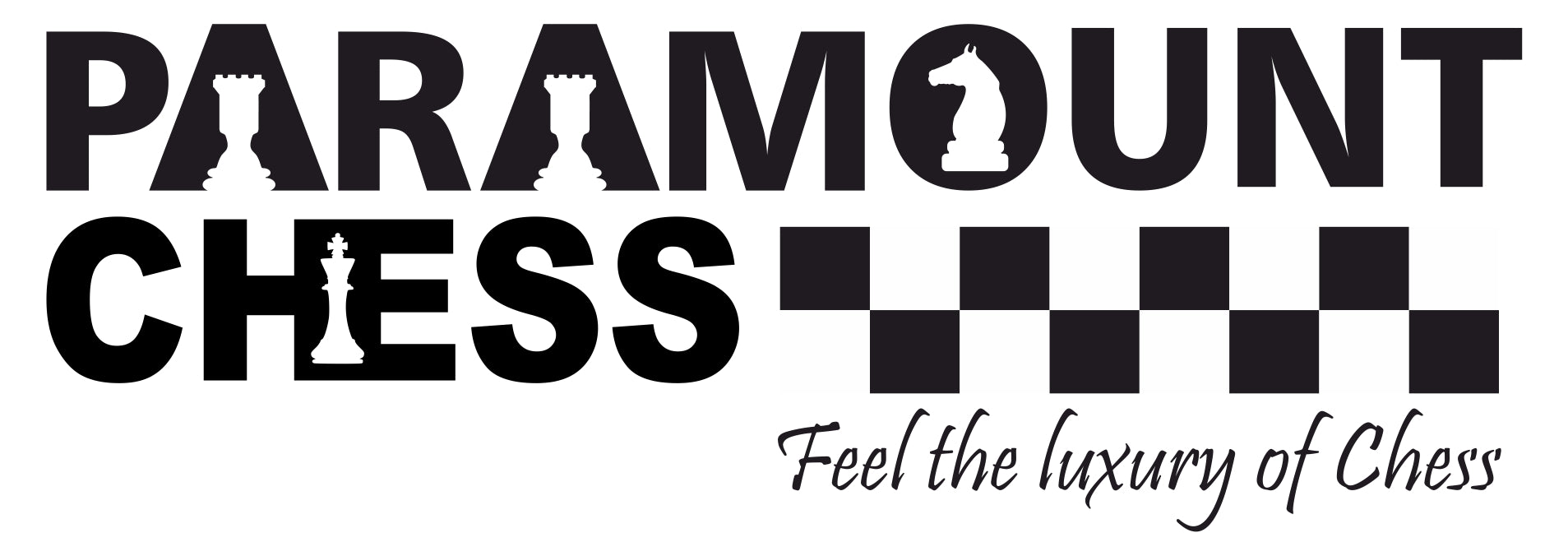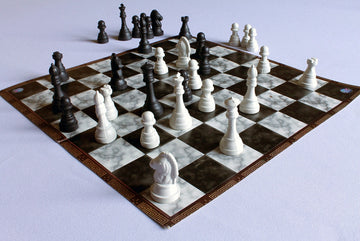
The London System is a group of openings that begin with d4. It is an extremely solid system that is well equipped to beat defences against d4. The main idea behind this opening is that regardless of what black moves, white has a set method of play. It revolves around the same few moves keeping the idealogy the same throughout all its variations. This opening is popular among grandmasters such as Vlatko Kovačević and David Bronstein. The Encyclopedia of Chess Openings (ECO) classifies this opening under the categories D02, A46 and A48.

Pros and Cons of the London System
Some of the advantages of the London System are:
- Because of its solid structure and set lines, black often has a hard time getting active play
- One of the biggest plus points of this opening is that it is very difficult for black to avoid this opening
- It is a very sound and natural way of achieving a satisfying middle game
Some of the disadvantages of the London System are:
- There are lesser chances for white to attack straight off the back
- It is a very solid opening however this comes at a cost. It is defensive in nature and seldom puts immediate pressure on black
- The white bishop on f4 can be somewhat exposed

The moves involved in this opening are:
- d4 d5
- Nf3 Nf6
- Bf4
Another great advantage that comes with the London System is that most of the variations are similar. This leads to less theory needed for players to grasp this opening. This quality is very rare in an opening that is so solid and robust.
Now is a good time to review the all important chess notations to have a better understanding of the variations below. Check out our article on chess notations here:
.
Let us now learn about some of the variations of the London System
.
g6 Variation
The main motive behind this move is for black to castle on the King’s side. Playing g6 does three good things for black. Firstly, it gets the bishop out of the way which facilitates castling on the king’s side. Secondly, it guards the black knight that is situated on f6. Thirdly, it develops the black bishop. A simultaneous attack may be launched if the knight is moved to attack a piece as a decoy, while the bishop is eyeing another piece on the diagonal. Black is more likely to plan to break through the center of the board through moves like e5 or c5 later on as the game progresses.

The moves involved in the g6 variation are:
- d4 d5
- Nf3 Nf6
- Bf4 g6
White on the other hand can create room for its bishop by moving the pawn on h2 to h3. It is likely that black will move its knight to h5 or use its pawns and move them to h5 and h6 to attack the white bishop. To avoid this, as a general rule of the London system it is best for white to play h3. Further, white may secure the center of the board by playing moves such as c3.
e6 Variation
In this variation, black’s main idea is to develop its pieces and prepare to attack the center of the board using a strong pawn chain. It is a solid and easy set up where black achieves a comfortable position and is not required to be well versed with theory. It is suitable for players who play the Queen’s Gambit Declined positions with black pieces. Black can move its pawn to b6 as well to make way for its light squared bishop. In addition to that, it can bring its knight out to control the center.

The moves involved in the e6 variation are:
- d4 d5
- Bf4 Nf6
- Nf3 e6
- e3 Bd6
The best option for white is to retreat its bishop to the g3 square. If required, white can break open the center using the e4 pawn later on.
c5 Variation
The c5 variation is one of the main lines of the London System for black. It is because black fights for the control of the center of the board early on in the game and limits white’s flexibility in moves. Like the e6 variation, this variation is suitable for players who play the Queens Gambit Declined or the Tarrasch Defence. Black may encounter problems with moving its light squared bishop which may be blocked by pawns. Again, black could play b6 to develop its bishop.

The moves involved in the c5 variation are:
- d4 d5
- Bf4 Nf6
- Nf3 c5
White primarily focuses on breaking through the center of the board using its pawns. This can be achieved by playing e4 or a combination of e3 and c3.
.
Further Reading 1: https://en.chessbase.com/post/the-london-system-an-opening-for-you
Further Reading 2: https://www.thechesswebsite.com/london-system/



